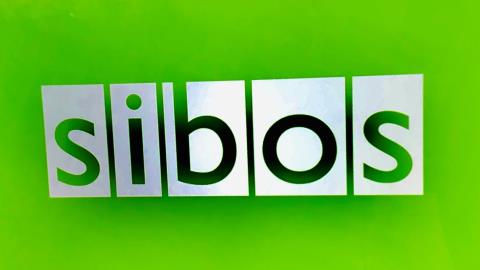Digital Assets Take Center Stage at Sibos 2025
Digital assets emerged as a significant theme on the first day of Sibos 2025, with sessions exploring stablecoins, Central Bank Digital Currencies (CBDCs), and the cryptocurrency landscape.
Interoperating Digital Currencies: Navigating Diverse Forms of Money
A session moderated by Nick Kerigan from Swift featured industry experts including Rob Allen of Australian Payments Plus, Charifa El Otmani from Swift, Alexandra Hachmeister of Deutsche Bundesbank, Dean Hardy from Citi, and Tony Mclaughlin of Ubyx Inc. Kerigan highlighted the urgency for integrating digital money with existing systems as the Genius Act drives stablecoin adoption in the U.S. and other jurisdictions explore digital forms of central bank money.
Mclaughlin compared stablecoins to “traveller’s cheques,” emphasizing their structured characteristics: “The only difference is that the traveller’s cheque is paper, while a stablecoin is code. Both are negotiable instruments, which banks have handled for centuries, but with a modern twist.”
Allen noted that the future of digital money will likely be tokenized and operate on public chains, addressing liquidity concerns across borders not solely tied to the U.S. dollar. He posed questions about maintaining the fungibility of tokens issued by various organizations with different credit ratings.
El Otmani referred to the challenges posed by asynchronous flows of digital assets as a “perfect fragmentation storm,” stressing the need for cohesive solutions amidst the evolving landscape.
An audience poll found that 66% anticipate multiple types of digital money coexisting, while 20% believe stablecoins will dominate. Mclaughlin stressed the necessity for institutions to offer wallets to ensure tokens remain visible to tax authorities.
Hachmeister outlined Eurosystem’s dual strategy for DLT settlement, with plans to deliver a pilot shortly, emphasizing that the current goal is efficient settlement rather than introducing a digital coin.
Hardy raised practical concerns about integrating digital currencies into traditional infrastructures, stating, “How do we book an FX contract involving digital assets?”
With a lighthearted remark, Mclaughlin noted the financial industry’s enduring fascination with FX, highlighting a potential model for incorporating stablecoins into traditional systems.
The panel concluded with a consensus that significant adoption of digital money could materialize by 2026.
The Future of Global Finance Through Digital Assets
Another session moderated by Anna Irrera from Bloomberg featured insights from Charles Cascarilla (Paxos), Thierry Chilosi (Swift), Joseph Lubin (ConsenSys), Holger Neuhaus (ECB), and Ather Williams III (Wells Fargo). The discussion reaffirmed the rapid adoption of digital assets, with Chilosi sharing that Swift’s infrastructure now incorporates a blockchain-based ledger, enhancing clarity and confidence for institutional players.
Cascarilla explained that stablecoins originated to facilitate the crypto ecosystem, acting as a faster, cheaper alternative for transfers, circumventing the need for bank accounts. He noted that this transformative shift allows for the development of innovative business models.
Neuhaus stressed the necessity of collaboration between the private and public sectors for a thriving digital asset ecosystem, echoing Williams III’s point about the significance of payment systems to national security.
While concerns around fragmentation persist, Cascarilla emphasized its role in innovation, suggesting that decentralization is essential for evolving beyond the limitations established by past financial crises.
Lubin mentioned ongoing experiments with tokenization, highlighting the impending arrival of tokenized stocks and the integration of traditional finance into decentralized finance (DeFi) systems.
The panel agreed that within a year, tokenized deposits should be actively moving between financial institutions.
